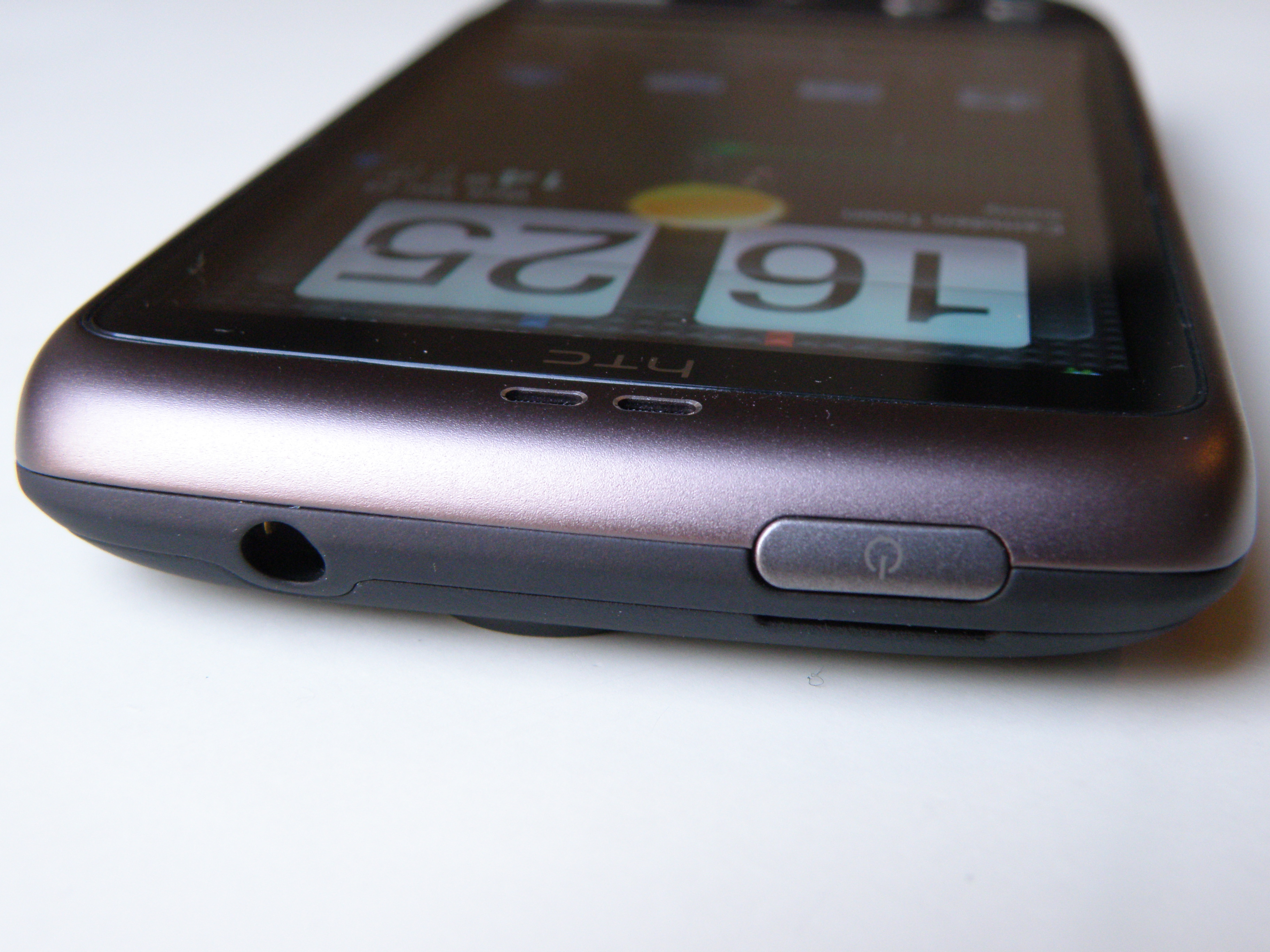Why you can trust TechRadar
The HTC Desire is an upgrade in the media department over the HTC Legend for a number of reasons - the first being the fact it has an upgraded audio performance in the shape of Dolby Mobile enhancement.

This isn't mentioned in the settings or anything, which makes us wonder if it's a big part of the audio experience - but in comparative tests, it seems to offer a richer bass sound and a nice mid range too.

The music player is the same decent effort as seen on other HTC phones - it features large, easy-to-hit buttons on the main player and cover art that you can swipe through in both portrait and landscape modes.
Navigating through tracks is segmented into Artists, Albums, Tracks, Genres and more, with the option to look at your purchased tracks as well - although we're yet to find out which store you're meant to purchase them from.
You can select the different methods of track navigation by simply sliding your finger along the bottom of the screen, as is common throughout the Sense UI.

The HTC Desire packs a 3.5mm headphone port as you might expect, but this is curved and not flush to the chassis - which leaves a section of the headphone jack uncovered.
It doesn't affect the performance of the phone, but it does leave your headphones exposed to possible damage.
Sign up for breaking news, reviews, opinion, top tech deals, and more.
The main music player is easy to use and works quickly on the HTC Desire - the 1GHz processor powering things along nicely under the hood meant there was very little track stutter or skipping when trying to browse through the phone's library.

The video player is, once again, hidden in the photos section. We don't know why, and HTC haven't been able to furnish us with a decent reason either - but at least the icon hints at it with a little video picture.
The photo and video gallery is easy enough to navigate too - you can see your files as images, camera shots and downloaded pictures, and the video is divided up into recorded movies and those you've slung onto the memory card.
Swishing through your photos is a really pleasant experience too thanks to the processor - it renders the images snappily and without a hint of slowdown, so you're not looking at a pixellated version of your mug for too long.
Video
The video is predictably sublime on the HTC Desire - you can imagine if you add widescreen VGA resolution to a 3.7-inch OLED display with a 1GHz processor the movies will look sumptuous.
There's sadly no dedicated GPU on board as far as we can tell, but that doesn't seem to matter too much when it comes to watching videos.
UPDATE: Apparently the HTC Desire does have a GPU, although we're still trying to pin down which it is as HTC hasn't released the full specs. But it does explain the great video and Google Earth performance (which we urge you to download).

The screen is a perfect size for watching video, and if you add in a Bluetooth headset, it's a great experience to wirelessly skim through some videos.
Talking of which, you can slide your finger through the movie by simply dragging it along the bottom bar and it will jump instantly to the right point in the movie - just as you'd expect.
However, there is a problem with the Bluetooth side of things, which worries us slightly. When using the new Jabra Clipper Bluetooth device (which allows you to use your own headphones wirelessly) the sound stuttered when using the music application.
It wasn't apparent when watching video, and it was a lot better than on the Legend, but it still niggled somewhat that we couldn't have flawless Bluetooth performance.
YouTube is also included in the Google stable of applications with the HTC Desire, and it works just fine, especially over Wi-Fi.

Using this connection it automatically seeks out the highest quality video, and that looked great on the WVGA screen.
It didn't like connecting as well over 3G at times, despite having a couple of bars of signal - although this was a rare occurrence.
The FM radio included was of average quality - it scanned and found all the major radio stations when first turned on, but sometimes struggled for clear signal.
It also took an age to turn on, and there's no RDS, meaning you have to name all the stations yourself, which is slightly irritating.

We'd have also liked to see the option to record radio as well, as is present on the Samsung range (such as seen on the Samsung Jet).
Overall though this is a powerful media device, and with an 8GB memory card in the box (expandable up to 32GB) it's a phone that has a load of media potential.
Current page: HTC Desire: Media
Prev Page HTC Desire: Camera Next Page HTC Desire: Battery life and Maps
Gareth has been part of the consumer technology world in a career spanning three decades. He started life as a staff writer on the fledgling TechRadar, and has grew with the site (primarily as phones, tablets and wearables editor) until becoming Global Editor in Chief in 2018. Gareth has written over 4,000 articles for TechRadar, has contributed expert insight to a number of other publications, chaired panels on zeitgeist technologies, presented at the Gadget Show Live as well as representing the brand on TV and radio for multiple channels including Sky, BBC, ITV and Al-Jazeera. Passionate about fitness, he can bore anyone rigid about stress management, sleep tracking, heart rate variance as well as bemoaning something about the latest iPhone, Galaxy or OLED TV.
